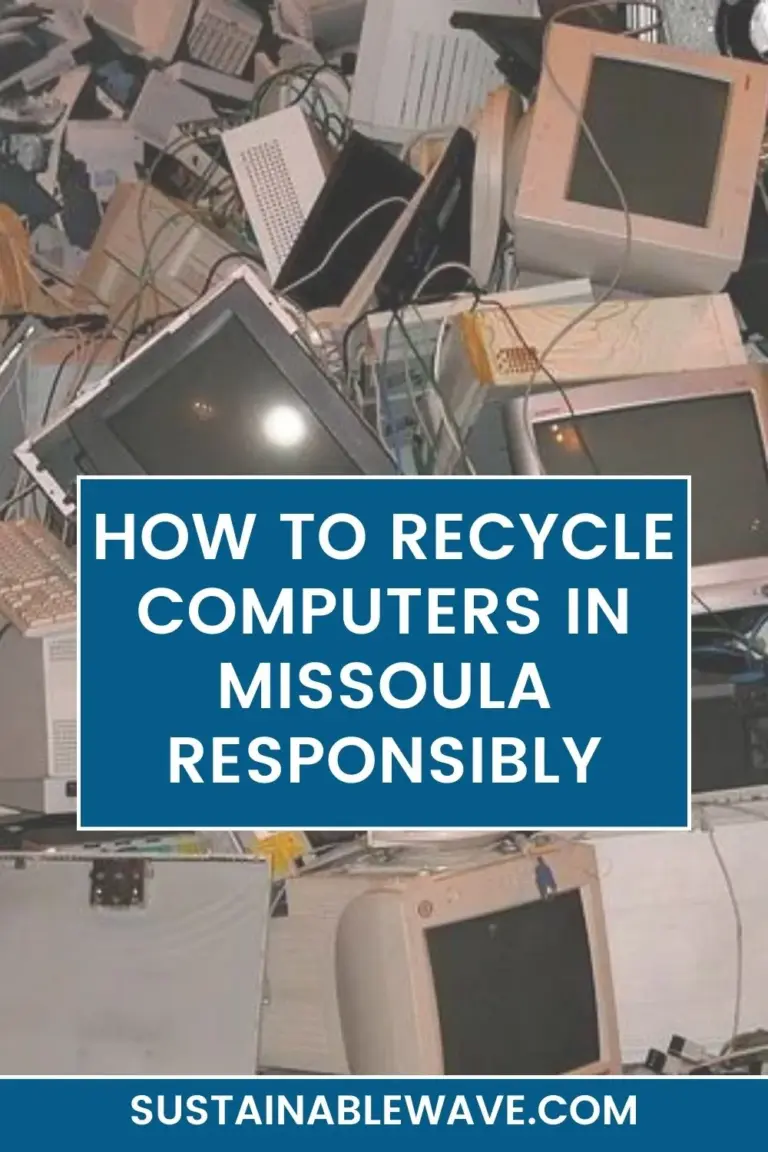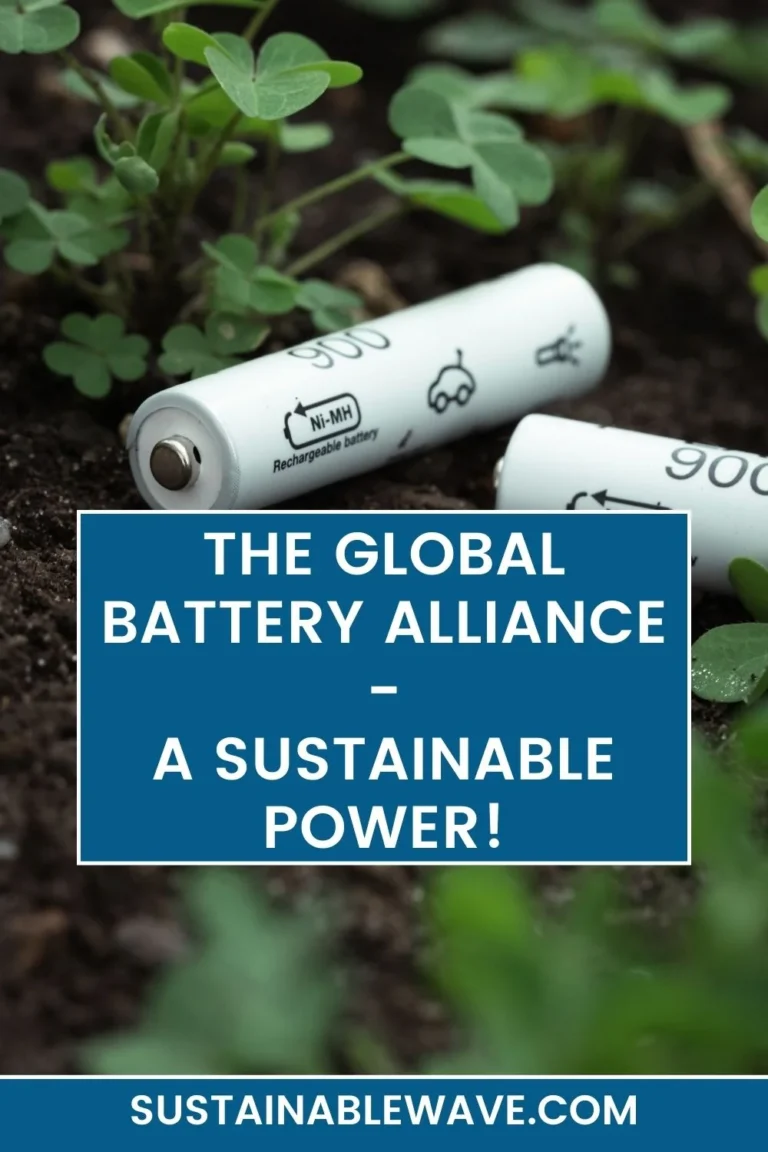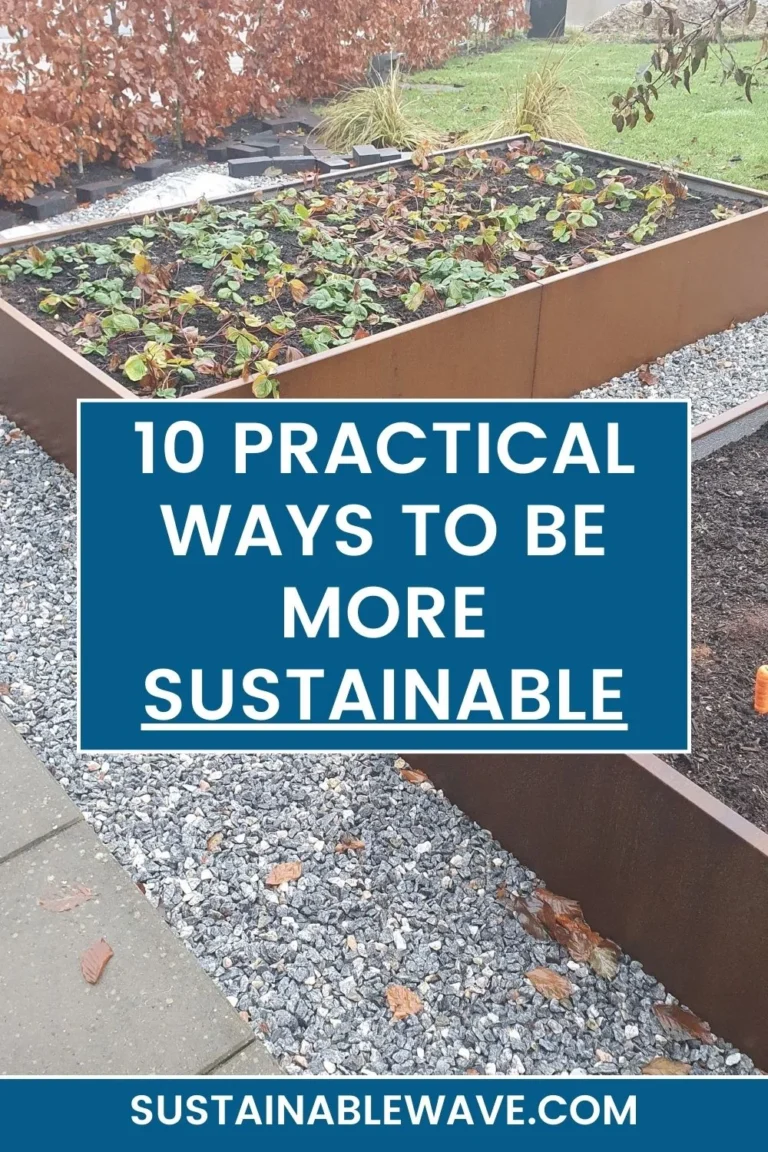Do you ever find yourself sipping hot coffee from a Styrofoam cup, or unpacking a fragile item protected with Styrofoam, and wonder what this lightweight, insulating material is all about?
The facts about Styrofoam you should know might surprise you!
Delve into the fascinating universe of Styrofoam with us as we explore its origins, uses, and effects on the environment.
Facts About Styrofoam You Should Know

The Origins of Styrofoam
It might shock you to learn that this ubiquitous material has a relatively short history.
Polystyrene, the plastic from which Styrofoam is made, was first synthesized in 1839. However, the expanded form that we are familiar with today was not developed until 1941 by the Dow Chemical Company.
What makes this fact even more fascinating? This development was initially designed to create a life raft for the U.S. Coast Guard.
The Production of Styrofoam
The manufacturing process of Styrofoam is quite intriguing.
It starts with the distillation of crude oil to produce styrene monomers, which are then polymerized to form polystyrene.
But here’s the fun part: it’s then expanded by 90% using steam, transforming from a hard plastic into a lightweight foam.
This process gives Styrofoam its distinct properties, like insulation and buoyancy.
Common Uses of Styrofoam
From coffee cups and food containers to insulation and flotation devices, Styrofoam has a plethora of uses.
Its lightweight, excellent insulating properties and low manufacturing costs have made it a favorite in many industries.
The Environmental Impact of Styrofoam
Here’s where things get tricky. Styrofoam is a petroleum-based product, which means its production contributes to greenhouse gas emissions.
Here are some environmental implications you should be aware of:
- Non-Biodegradable: Styrofoam can take up to a million years to decompose, leading to severe pollution issues in landfills and oceans.
- Greenhouse Gas Emissions: The production process of Styrofoam contributes to the emission of greenhouse gases, accelerating climate change.
- Wildlife Threat: Mistaken for food, Styrofoam can harm marine and terrestrial animals, often proving fatal.
- Recycling Challenges: Despite being a type of plastic, Styrofoam is seldom recycled due to its low scrap value and difficulties in the recycling process.
The Harmful Effects of Styrofoam
While it’s incredibly useful, Styrofoam has a dark side.
Studies have shown potential health risks associated with its use, particularly when used as food and beverage containers.
Here’s a closer look at why Styrofoam might not be as innocent as it seems:
- Leaching of Styrene: Styrofoam containers, particularly when heated, can leach styrene – a chemical compound used in its production – into food and drinks. This is concerning as styrene is suspected to be a human carcinogen according to the National Toxicology Program.
- Risk of Fire: Styrofoam is highly flammable, and the fumes released during burning are toxic. This makes it a hazard in case of fire accidents.
- Potential Neurotoxic Effects: Prolonged exposure to styrene, the primary ingredient in Styrofoam, may lead to neurotoxic effects like headaches, fatigue, and weakness, although more research is needed to fully understand these impacts.
- Harmful Production Process: Workers involved in the production of Styrofoam are often exposed to harmful chemicals, which can have long-term health consequences.
It’s clear that the dangers of Styrofoam extend beyond the environment, affecting human health as well.
The Issue of Styrofoam Recycling
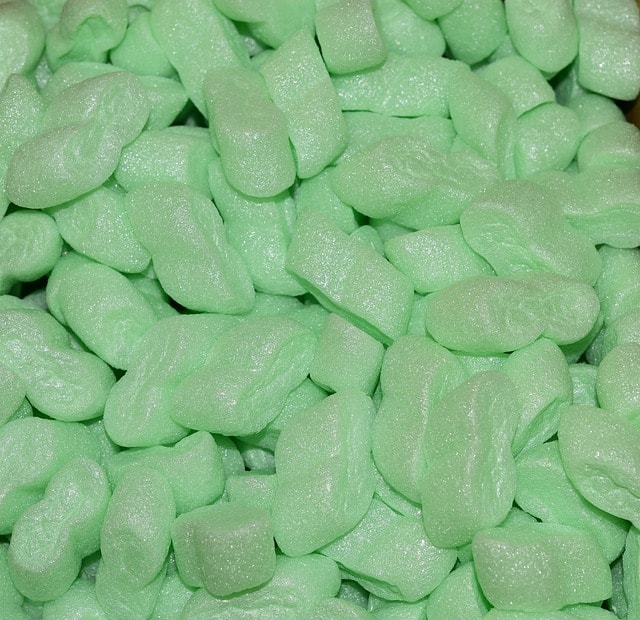
Despite being a type of plastic, Styrofoam is notoriously difficult to recycle due to its light weight and low scrap value.
Only a handful of recycling facilities worldwide accept it, meaning much of it ends up as waste, contributing to environmental pollution.
Alternatives to Styrofoam
Given the environmental impact of Styrofoam, numerous alternatives have been developed.
Here are some promising alternatives that aim to replace Styrofoam:
- Recyclable Plastics: Various types of recyclable plastics, such as polyethylene terephthalate (PET) and high-density polyethylene (HDPE), are being used as alternatives to Styrofoam. These materials can be recycled more easily and have a lower impact on the environment.
- Compostable Materials: Biodegradable and compostable materials like bagasse (sugarcane fiber), cornstarch, and bamboo are gaining popularity. These alternatives offer similar insulating properties to Styrofoam but break down naturally without causing long-term harm to the environment.
- Mushroom Packaging: Innovative solutions like mushroom-based packaging, also known as mycelium foam, have emerged. This biodegradable material is grown using agricultural waste and mycelium, the root structure of mushrooms. It provides insulation and protection while being completely compostable.
- Paper-Based Packaging: Traditional paper packaging has seen advancements to enhance its insulating properties. From molded pulp to corrugated cardboard, these paper-based alternatives offer sustainable and recyclable options for various applications.
Is Styrofoam Bad?
Styrofoam, an everyday material we often encounter in the form of coffee cups or packaging materials, has become a topic of heated debate. The question arises: is Styrofoam bad?
The primary concern with Styrofoam is its environmental impact. It’s non-biodegradable, meaning it can take up to a million years to decompose. Furthermore, its production releases greenhouse gases and it’s notoriously difficult to recycle.
In conclusion, while Styrofoam has its advantages like low cost and good insulation, its environmental implications make it a problematic material. It’s essential for us to seek and promote eco-friendly alternatives to minimize our environmental footprint.
Frequently Asked Questions
1. How is Styrofoam Made?
Styrofoam is made from polystyrene, which is produced by polymerizing styrene, a monomer derived from petroleum. The polystyrene is then expanded using steam to create the lightweight, insulating foam known as Styrofoam.
2. Is Styrofoam Recyclable?
Technically, yes, but it’s a complex process due to Styrofoam’s lightweight and low scrap value. Few recycling facilities accept it, resulting in most Styrofoam ending up in landfills.
3. Can Styrofoam be Harmful to Health?
Research indicates potential health risks from styrene, which can leach from Styrofoam containers into food and drinks, particularly when heated. However, more research is needed to fully understand these risks.
4. Are There Eco-friendly Alternatives to Styrofoam?
Yes, alternatives range from recyclable plastics and compostable materials to innovative solutions like mushroom-based packaging.
5. How Long Does Styrofoam Take to Decompose?
Styrofoam can take up to a million years to decompose in the environment, making it a significant pollutant.
6. Who Invented Styrofoam?
The Dow Chemical Company invented the expanded form of polystyrene known as Styrofoam in 1941.
Conclusion
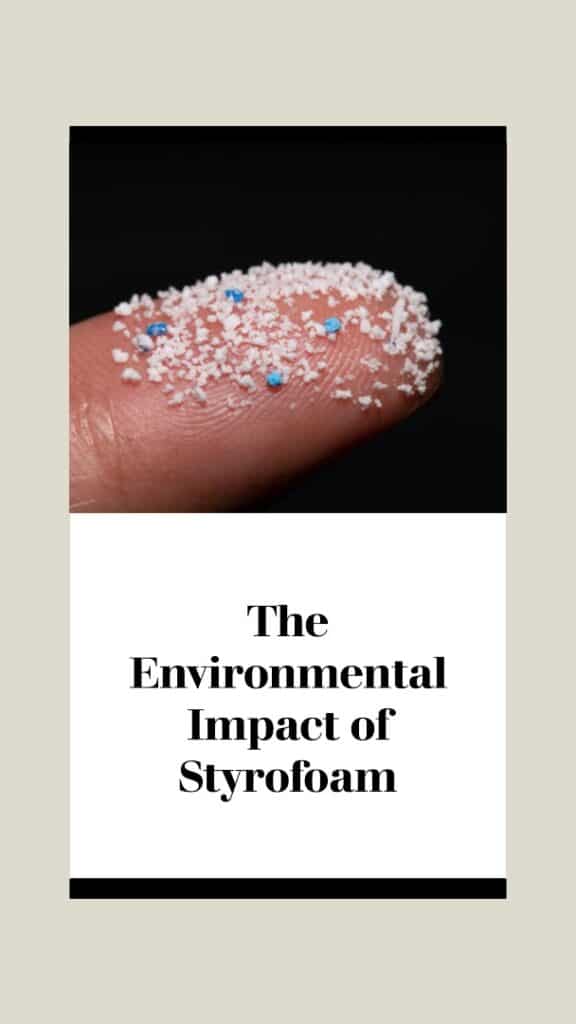
The facts about Styrofoam you should know, reveal a complex story of a material that’s both incredibly useful and problematic.
By understanding Styrofoam’s impact, hopefully, you can make an informed choice and contribute to a more sustainable future.
Sources
- National Geographic Styrofoam: What You Need to Know
- United States Environmental Protection Agency (EPA) Styrofoam Recycling
- Greenpeace The Problem with Styrofoam
- ScienceDirect Health and Environmental Hazards of Styrene
- Environmental Health Perspectives Endocrine Disrupting Chemicals in Food Packaging
I’m Thomas, the owner of SustainableWave. Passionately promoting a sustainable planet. With experience in various eco-roles, I’ll share green tips, sustainability hacks, and personal eco-journeys on my blog.

